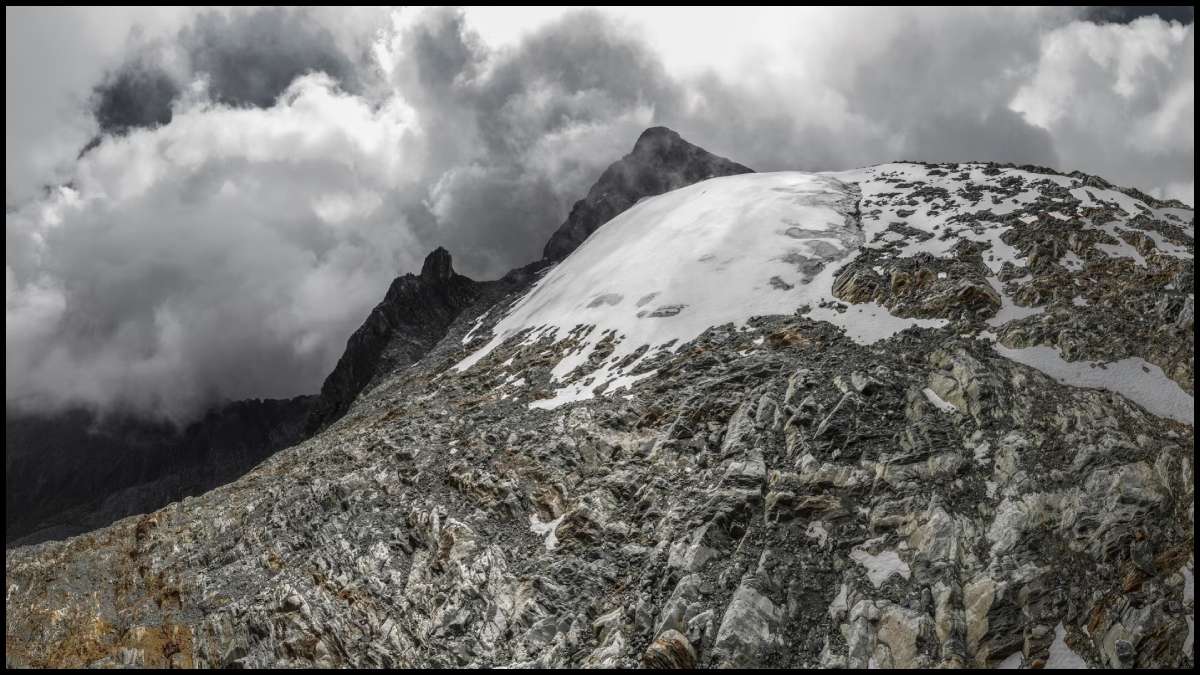
Caracas: In a grim milestone, Venezuela has become the first country in modern history to lose all of its glaciers after the Latin American country lost its last remaining glacier on the Pico Humboldt peak was downgraded by climate scientists as an ice field. The International Cryosphere Climate Initiative (ICCI), a scientific advocacy organisation, said the La Corona glacier was now too small to be considered as a glacier, which may spark wider concerns over the effects of climate change.
Venezuela had been home to six glaciers in the Sierra Nevada de Mérida mountain range, which lies at about 5,000m above sea level, but lost five of them by 2011. The Humboldt glacier was projected to last at least another decade, but scientists had been unable to monitor the site for a few years due to political turmoil in the country, according to the Guardian.
However, assessments now have found that the glacier melted much faster than expected and has shrunk to an area of less than 2 hectares. Thus, it was downgraded from a glacier to an ice field. “Other countries lost their glaciers several decades ago after the end of the little ice age but Venezuela is arguably the first one to lose them in modern times,” said Maximiliano Herrera, a climatologist and weather historian.
“Venezuela has officially lost its last glacier after La Corona glacier on Humboldt peak, 4,900 meters above sea level, became too small to be classed as a glacier. This makes Venezuela the first country in the Andes mountain range to lose all its glaciers,” said the ICCI in a post X.
The loss of La Corona indicates that global average temperatures across the world are rising, leading to an increasing ice loss and rise of water levels globally. According to Herrera, Indonesia, Mexico and Slovenia are next in line to become glacier-free, with Indonesia’s Papua island and Mexico having experienced record-high warmth in recent months.
Watch the video:
The world has recently been experiencing the El Nino climate phenomenon, which leads to hotter temperatures and which experts say can accelerate the demise of tropical glaciers. A report by Reuters said the El Nino weather pattern should fade out by June but could be replaced by the La Nina phenomenon by the second half of the year, which will give populations and crops in Latin American countries little time to recover.
“The glacier at Humboldt does not have an accumulation zone and is currently only losing surface, with no dynamic of accumulation or expansion,” said Luis Daniel Llambi, an ecologist at Adaptation at Altitude, a programme for climate change adaptation in the Andes. Llambi said Venezuela is a mirror of what will continue to happen from north to south, first in Colombia and Ecuador, then in Peru and Bolivia, as glaciers continue to retreat from the Andes.
In a last-ditch attempt to save the glacier, the Venezuelan government has installed a thermal blanket to prevent further melting, but experts say it is an exercise in futility. “The loss of La Corona marks the loss of much more than the ice itself, it also marks the loss of the many ecosystem services that glaciers provide, from unique microbial habitats to environments of significant cultural value,” said Caroline Clason, a glaciologist and assistant professor at Durham University.
History of glaciers in Venezuela
According to NASA, six glaciers spanned an area of at least 10 square kilometres (4 square miles) in the mountainous region of northwestern Venezuela as early as 1910. However, it lost five glaciers by 2011. A study from 2020 suggested the glacial area in Venezuela shrank by 98 per cent between 1952 and 2019. The rate of glacial retreat rose around 1998 to a peak of nearly 17 per cent per year from 2016 to 2019.
Professor Mark Maslin, a professor of earth system sciences at University College London, told BBC that mountain glacier loss was “not directly reversible” as to survive through the summer months they needed enough ice to reflect sunlight and keep the air around it cool. “Once a glacier’s gone, the sunlight heats the ground, makes it much warmer and makes it much less likely to actually build ice up over the summer,” he said.
Experts now believe that what remains of the Humboldt glacier will disappear entirely within five years, or two years at worse. The disappearing ice is also expected to affect Venezuela’s tourism, as the Pico Humboldt, the country’s second-highest mountain, was a big draw for visitors.
ALSO READ | April 2024 warmest ever on record as temperature continues to soar globally: European climate agency